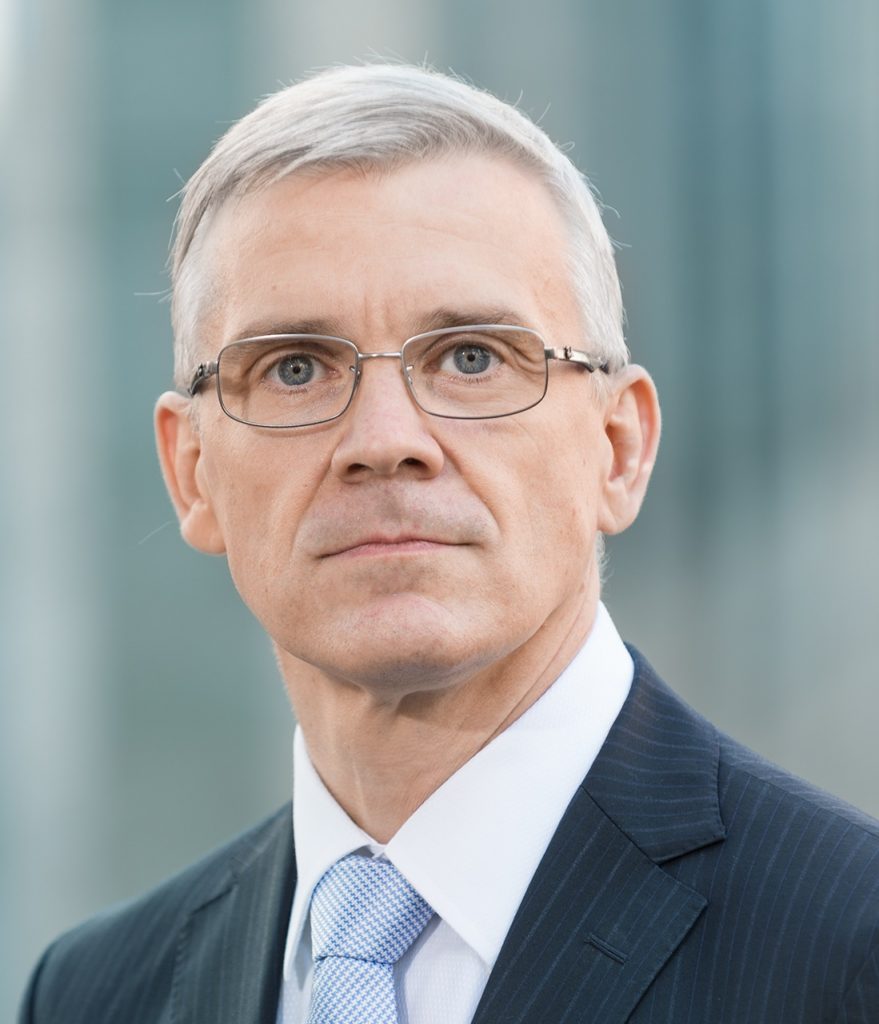The dream was becoming a CEO – but what happens next after reaching a level that is so difficult to top? Marianna Zangrillo and Thomas Keil look at some options
In the past, many executives became CEOs in their mid-to-late-50s, held tenure for 10-15 years and then retired from the corporate life, with well filled pockets and mind-blowing assets. They would then go on to play golf and sail, maybe sitting on a couple boards so as not to completely lose touch with the business community. But the picture has changed dramatically. In today’s extremely fast paced world, increasingly younger leaders are being appointed as CEO in all size of companies, the tenure of CEOs has shortened to 5 years on average, and the question of what follows after the first CEO tenure has become more relevant than ever before.
Our research into CEO succession and CEO careers suggests that there are several pathways commonly taken by CEOs, and each of them provides a career option with specific advantages. However, each one also poses specific challenges that need to be considered so that the new path does not end up being a frustrating dead end and instead an exciting second career.
Serial CEO
A first natural path, especially for younger CEOs, is to continue their career in further CEO roles, in the ideal case moving to increasingly larger or better recognised organisations. Pekka Lundmark, the current CEO of Nokia, is a good example. After an executive career at Nokia and a brief stint as venture capital investor, Lundmark held his first CEO position at Hartman, a relatively small listed Finnish company in the homeware and food-services industry. Then he went on to become the CEO of Konecranes, a European leader in industrial cranes. From there, he went on to become CEO at Fortum, Finland’s largest provider of energy products and in 2020 has taken up the role of CEO of Nokia, one of the global leaders in telecommunications infrastructure. The first CEO role was the springboard for a series of increasingly prestigious CEO positions.
While some CEOs manage the serial CEO career in ever larger or more prestigious organisations, many continue in comparable and more often smaller organisations. When the latter happens, CEOs will need to consider if they are willing to take on positions that may hold continued operational pressure with potentially decreasing status and, if not even remuneration.
Board professionals
The boardroom is another natural next step for former CEOs. Some take the challenge up full time, sitting on various boards, and become the grey eminence in the background. For instance, Karl-Ludwig Kley former CEO of pharmaceutical company Merck, is now Chairman of the energy giant EON and airline leader Lufthansa and sits on the board of automotive giant BMW. For some former CEOs this may be a step into retirement, while for some others this becomes a true second career. Board positions allow former CEOs to step out of the operational pressure of operating responsibility while leveraging their operating experience to advice and monitor the sitting CEO. The reduced pressure, however, also comes with a flip side. A key challenge for former CEOs taking this path is to accept that they are no longer able to drive day-to-day activities but rather need to accept the role of advisor and approver of decisions.
Investing with the sharks or in a dreamer’s pool
As the world is changing and senior management gets exposed to various forms of investments and divestments in their career, starting to invest privately, almost as a hobby, has become a common act. This holds even more true for former CEOs, who may leave the previous job with a fair amount of wealth to invest. To turn this hobby into a second career, many former CEOs have joined private equity or venture capital firms as strategic advisors supporting the evaluation of opportunities, co-investing, and sitting on the boards of the investee firms. A smaller number has made the move to become full partners in investment firms. Becoming an investor may allow a more active involvement than being a simple board member combined with potentially attractive financial returns yet not requiring full-blown operational responsibility. While seemingly attractive, this option as a second career is not without challenges. The profile and expertise of an investor is often very different from that of a corporate leader and many CEOs pursuing this path have found entry into the investor community surprisingly difficult and have also found it more difficult to be as successful as they were in their earlier CEO role.
Joining startups as a business angel to support their growth has become a similar but slightly different alternative for some former CEOs. While in this set up CEOs still decide to invest, this requires exploring many ideas, identifying the ones that could have most potential. This option is, however, exciting because while the private equity world is filled with big names and large sharks, the start-up world is full of young dreamers, who may take advise from former CEOs even more eagerly than their cash.
Educator
Some former CEOs decide to share what they have learned during their career and become full-time educators. Modern business schools increasingly employ former CEOs and other senior leaders as part-time or adjunct faculty. There is no doubt that CEOs have a lot to contribute, first of all because they have practical knowledge that can confirm the theory students read in books, but also because they are seen by students as role models and therefore can get more attention, which leads to better learning. Yet, the transition into this second career may bring some surprises. Developing educational content needed for systematic academic courses is a skill in its own, and CEOs who pursue this option are well advised to engage specialised help to develop the content that they can excitingly deliver. Some may prefer delivering experience-based stories within existing courses or in speech format. However, former CEOs need to be mindful of the financial consequences of this career path. They are used to extraordinary compensation and while a teaching job can be rewarding in many ways, it has no potential to produce the financial rewards that CEOs are used to.
Advisor
A less obvious, but still viable alternative, is to take a step back and choose to become advisors to either smaller organisations or to join a consulting firm. Given their relational assets and their experience in not only creating strategies but also implementing them, CEOs may have an advantage over many consultants and may be therefore worthwhile advisors to engage. Particularly for smaller firms, the network of a former CEOs may be as valuable as strategic advice. However, in this career path former CEOs compete with career consultants with their own unique skill set and may need to up-skill considerably in some areas, while often having to make more compromises and having to accept that their advice may be disregarded. This may therefore be an option that former CEOs choose after their retirement to remain connected with the business world, but less likely as a full blown second career.
Influencer and philanthropist
A less beaten but still quite common path, especially among the highest profile CEOs, is to take up a cause outside of business and become an influencer or a philanthropist. A known name who followed his heart in this respect is Paul Polman the former CEO of Unilever. Following his CEO tenure, that already involved a strong focus on corporate social responsibility, Polman became the cofounder of Imagine a not-for-profit organisation focused on “eradicating poverty and inequality and stem runaway climate change”. Other former CEOs have become political influencers, for instance, by leading industry associations or have given life to foundations as Bill Gates did. Many CEOs, especially the most accomplished and the ones who have accumulated an immense wealth, realise that although money can help, it can’t buy happiness, and at some point, get the urge to give back to society.
There are many ways that allow former CEOs to leverage their experience and networks in a second career. If the former CEOs accept the fact that a new career will require varying degrees of reinvention and that they must embrace the new challenges with an open mind and humbleness, success is likely to follow. After all, CEOs are often extravagant yet extraordinary individuals who have seen and done many different things, and past a certain life stage, will also likely have the life experience which allows them to happily embrace bigger and more rewarding compromises.
Choosing the next career path may well require time and trying multiple options. For this reason, most CEOs are wise enough to start thinking and trying options well before the first career has come to an end.

Marianna Zangrillo and Thomas Keil and, co-authors of The Next CEO: Board and CEO Perspectives for Successful CEO Succession published by Routledge available from Amazon and leading international booksellers.




